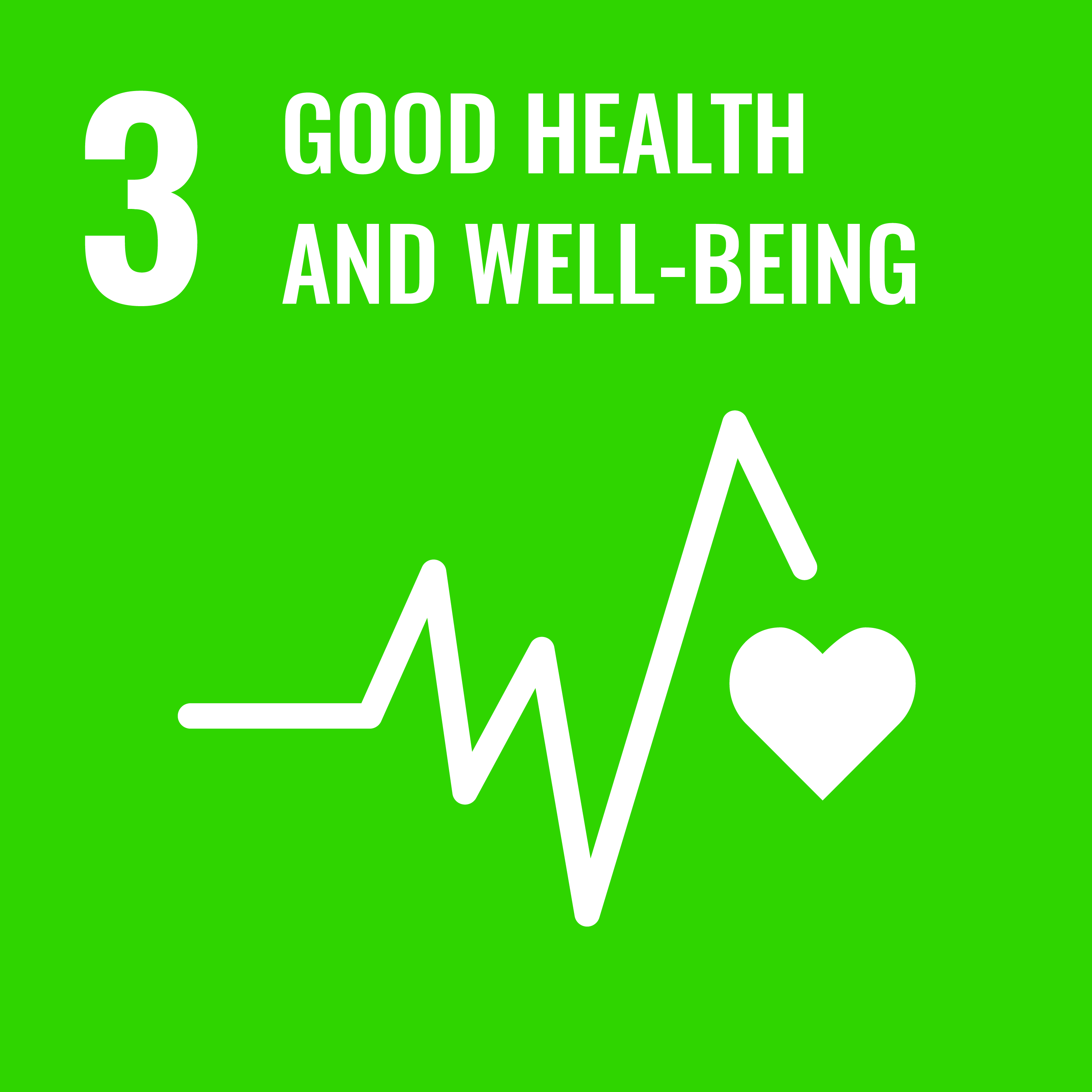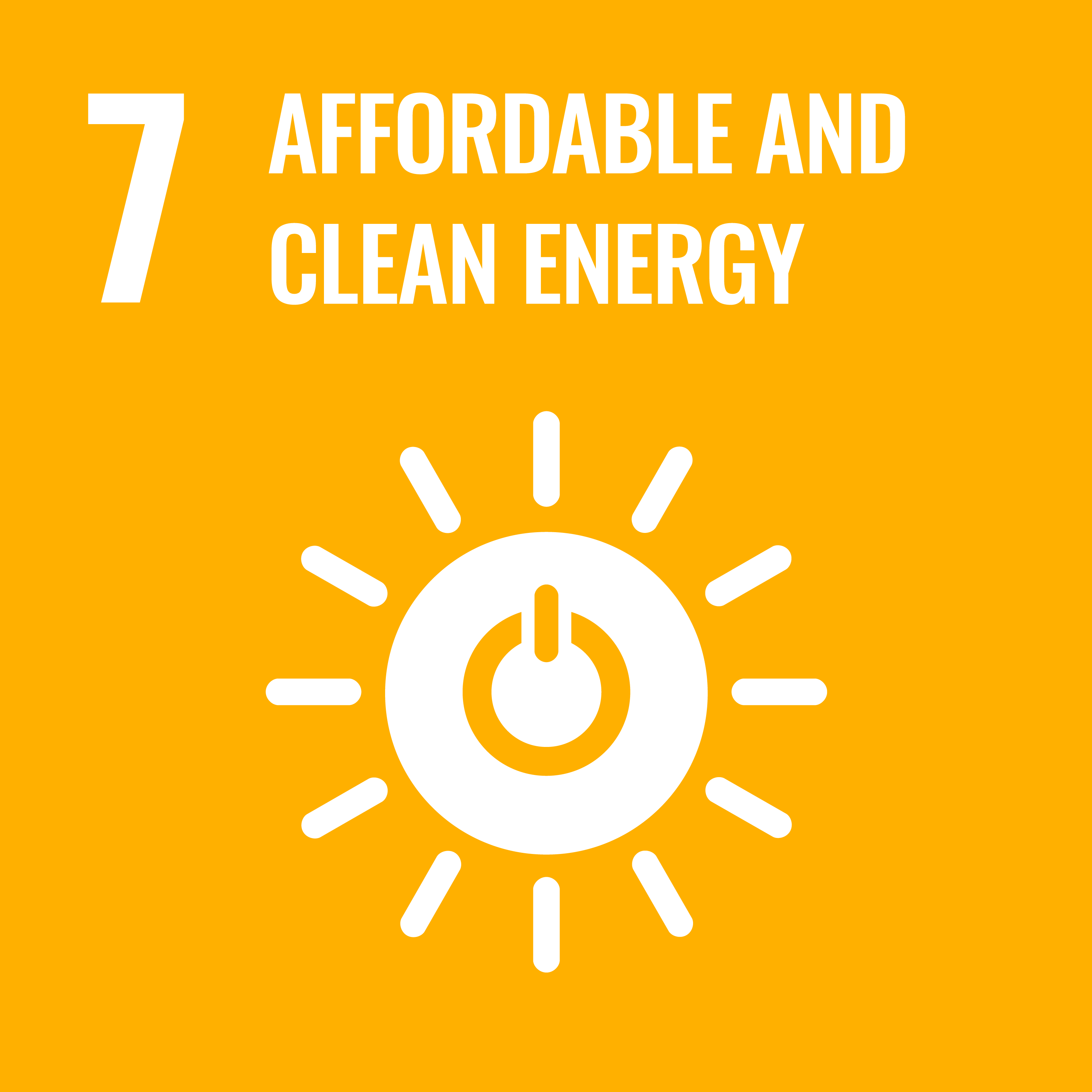Tanzania
Kenya
Blue Carbon Mangrove Project
Afforestation of mangroves in Tanzania for increased biodiversity and resilient coasts
Mangrove forests are regarded as the most productive ecosystems when it comes to carbon sequestration and storage on earth, commonly referred to as "blue carbon."
Moreover, mangroves play a crucial role as a protective barrier against tsunamis and floods, offering habitat to marine organisms, and creating new sources of income for local communities.
In Tanzania, our project goes above and beyond by capturing five times more CO2 from the atmosphere compared to any other forest. The value of blue carbon is immense as it effectively combats climate change while also delivering social and environmental benefits in line with the Sustainable Development Goals (SDGs).
Through the implementation of this project, we anticipate a removal of approximately 488,550 tCO2 in greenhouse gas emissions over a span of 30 years.
16.285
Captured Emissions Tons CO2 EQ/Year
488.550
Captured Emissions Tons CO2 EQ/Year
Climate Connect
Digital / Partner
Validator
Verification Standard
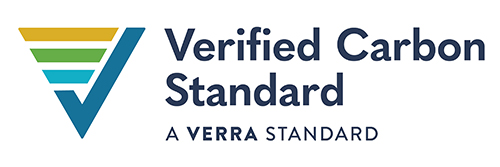
This project contributes to the following SDGs:
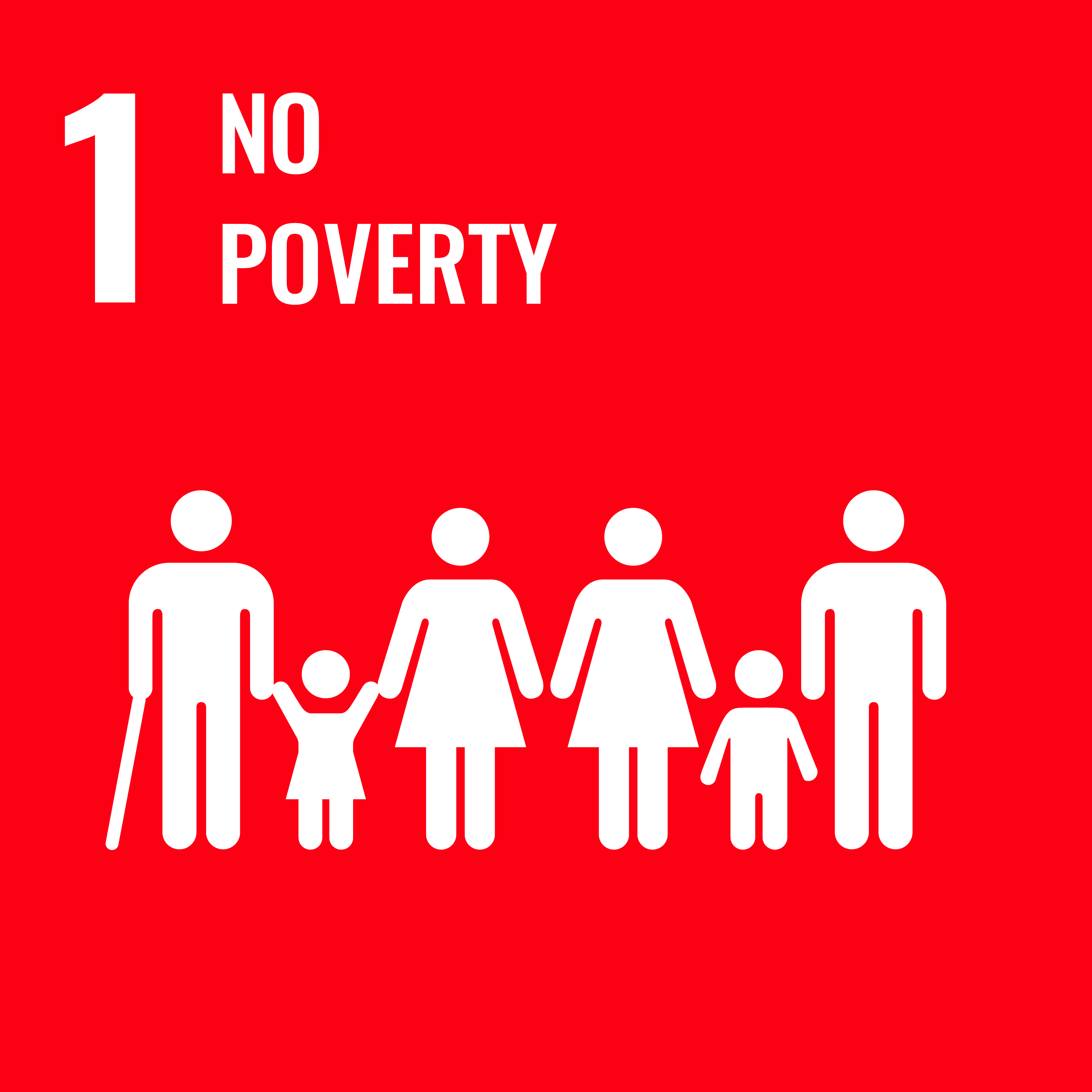
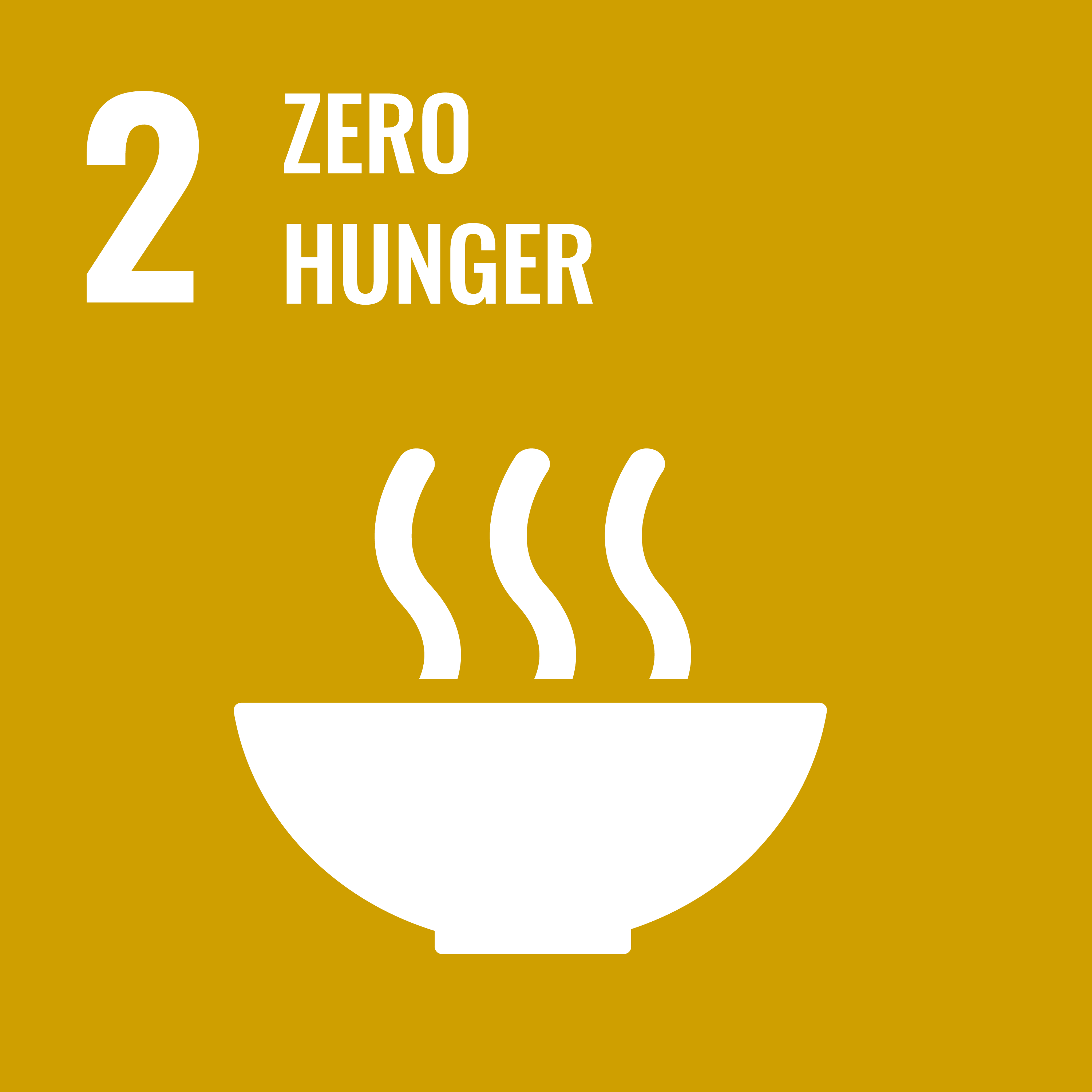
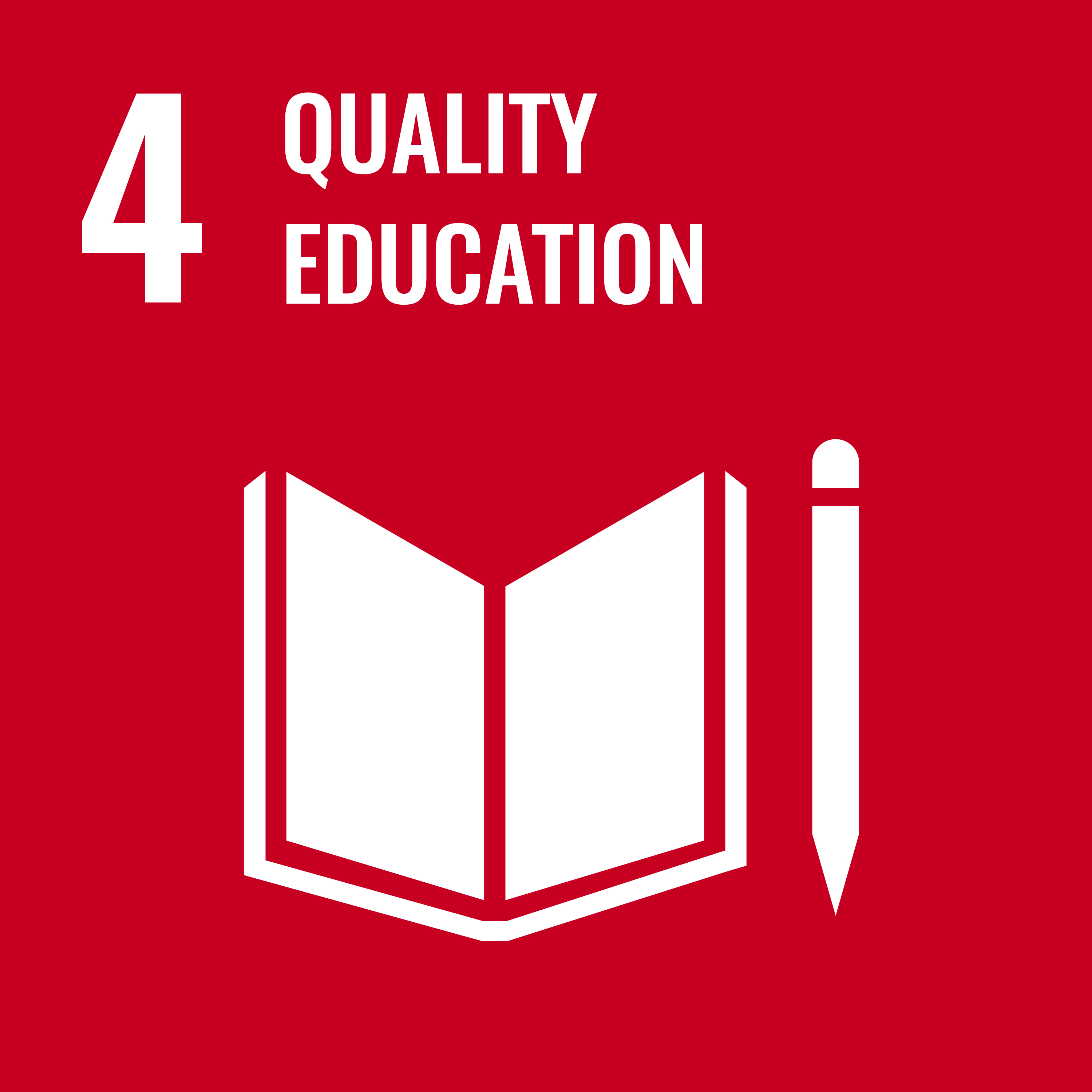
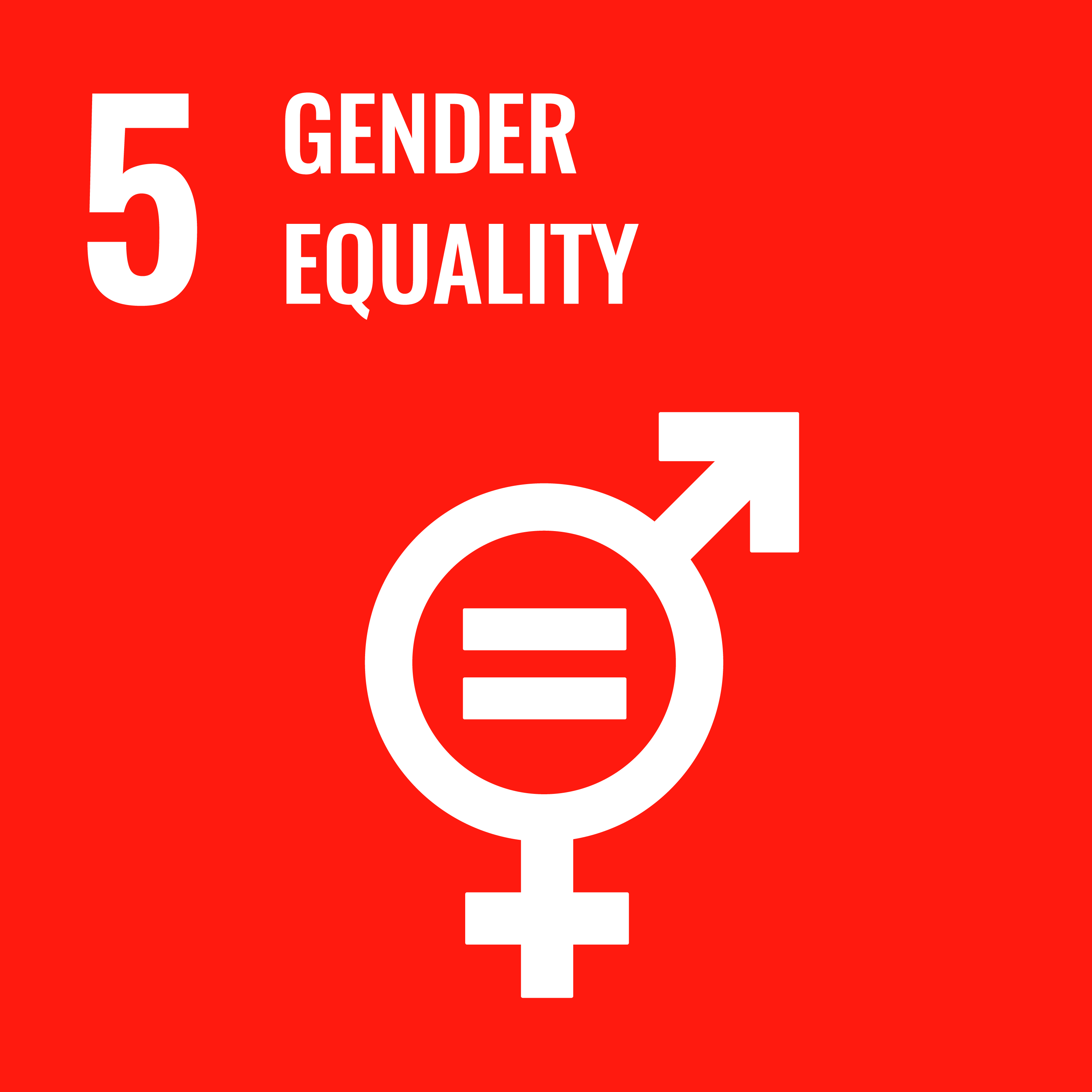
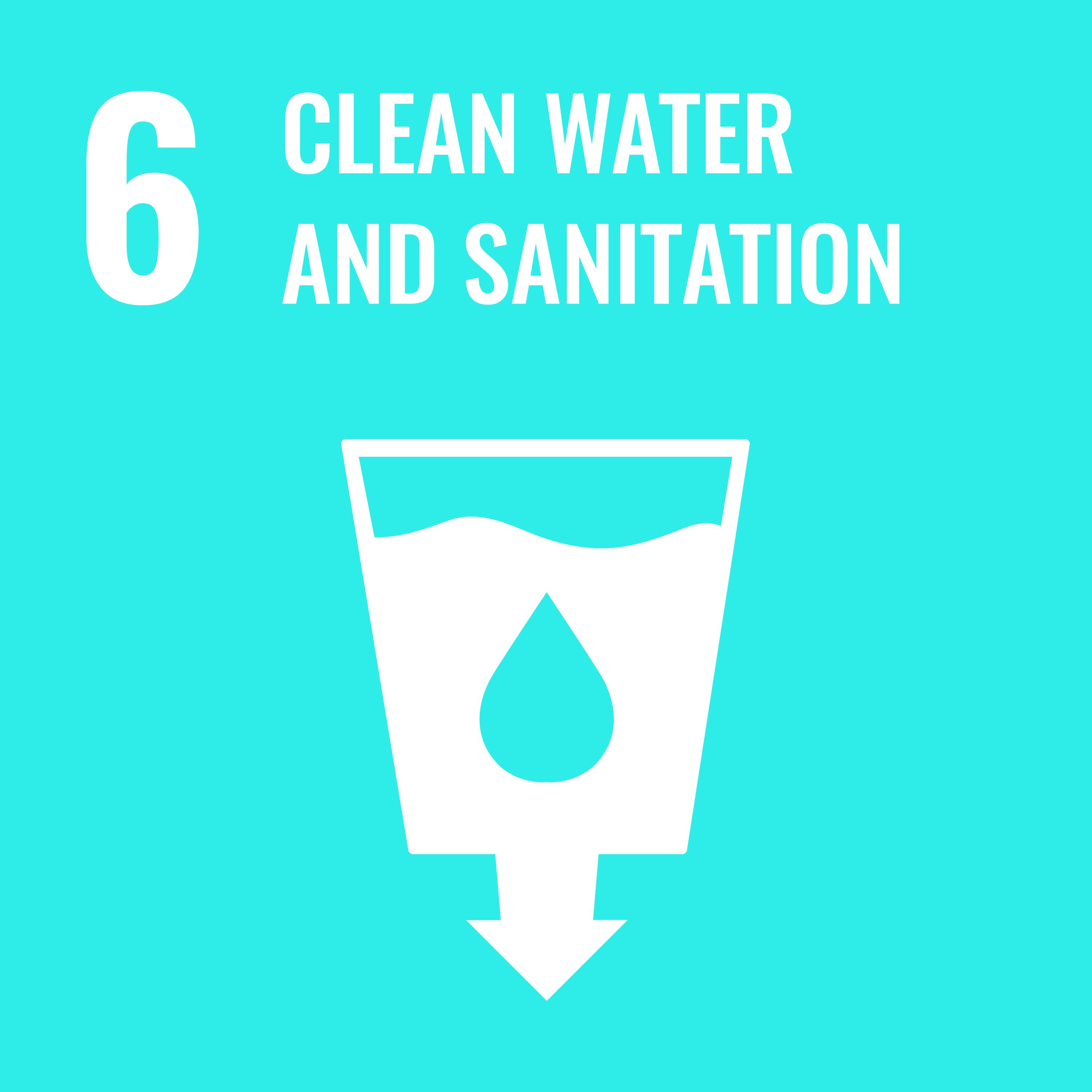
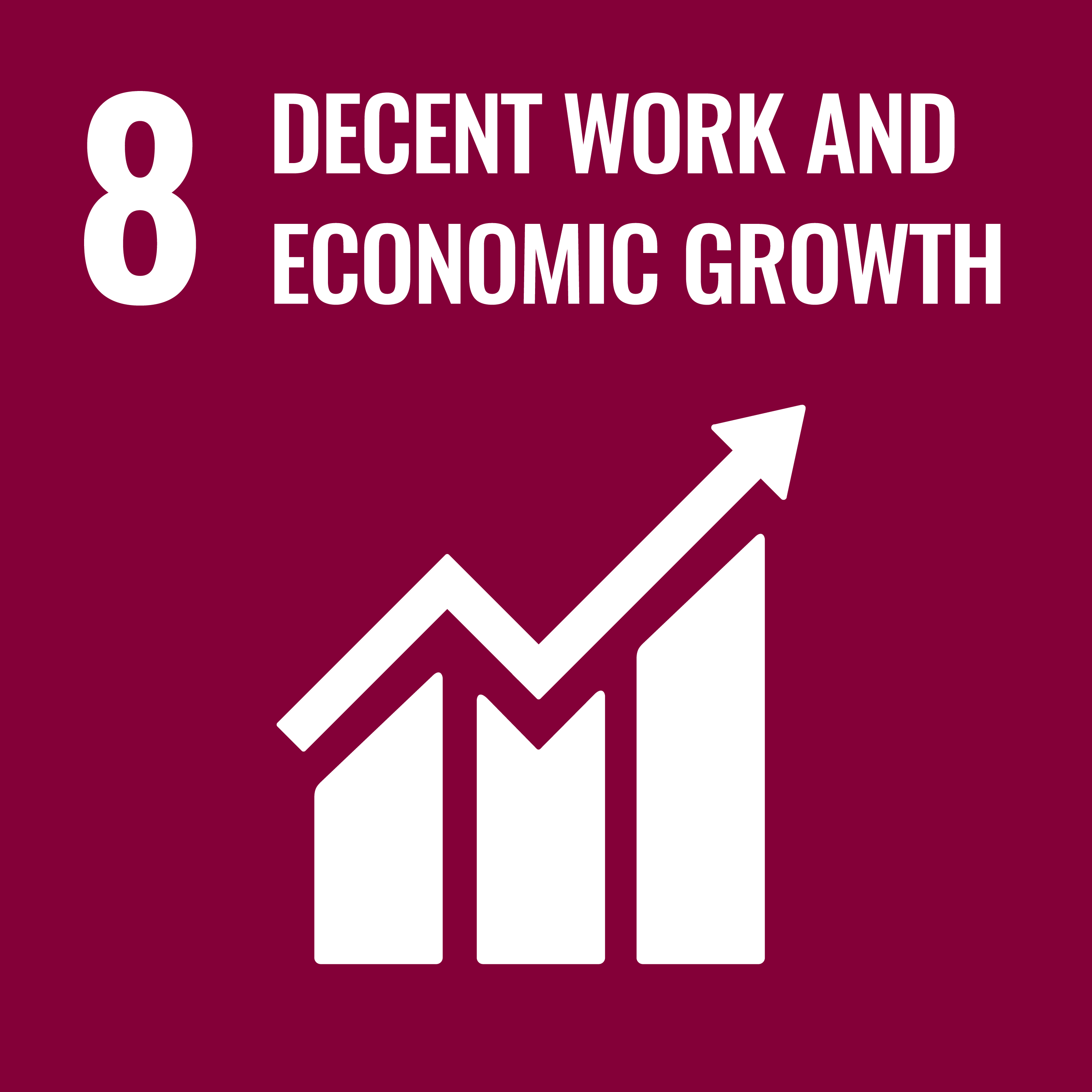
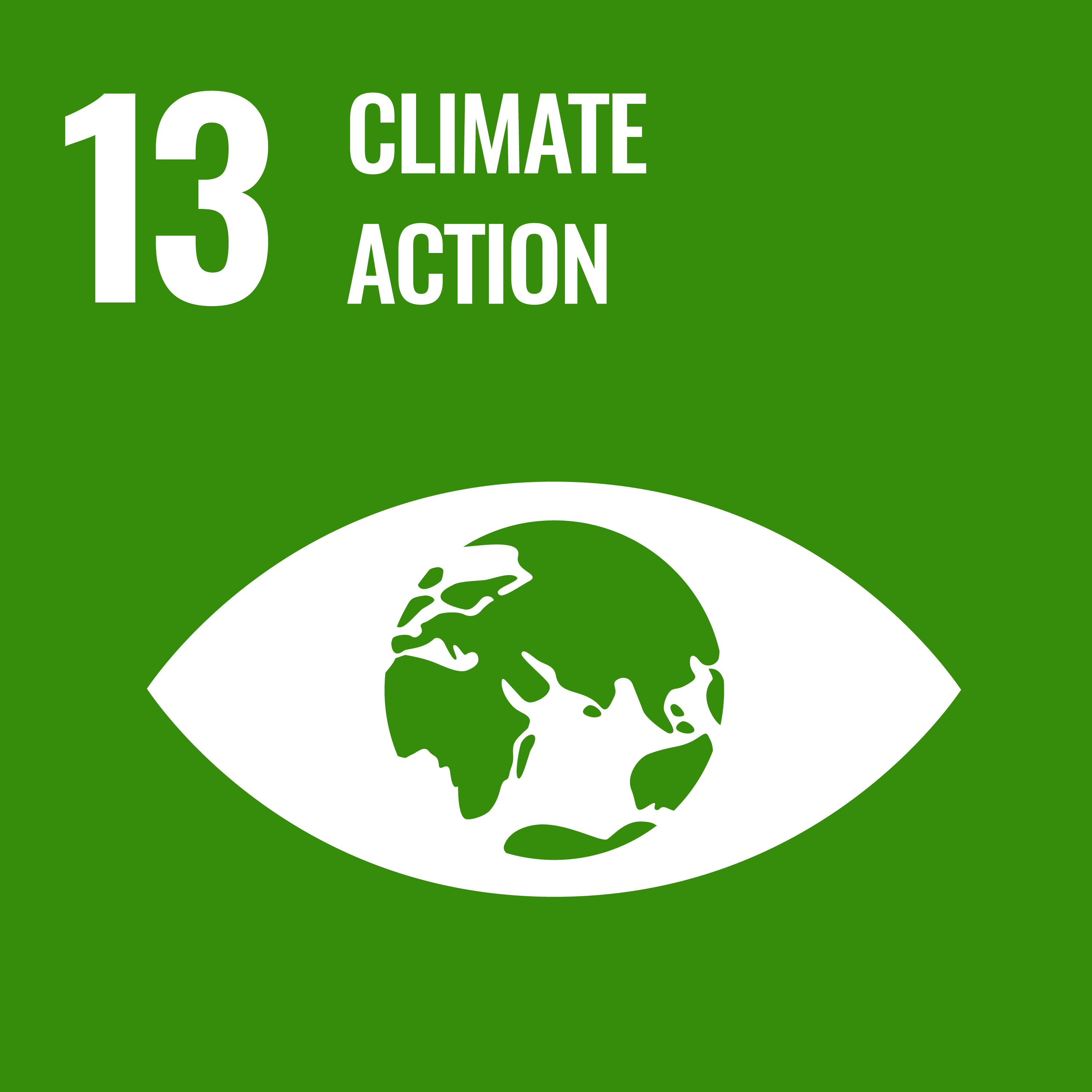
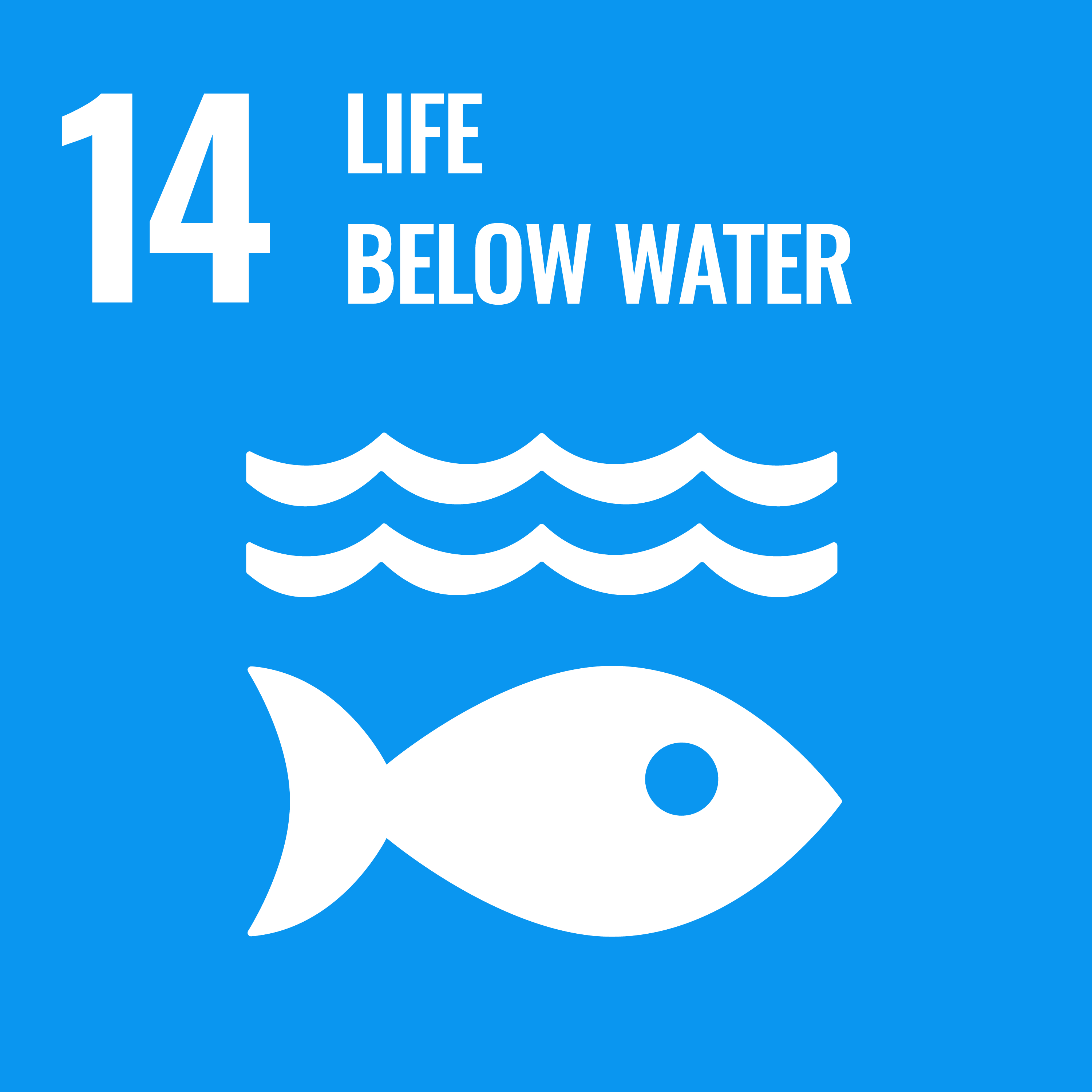
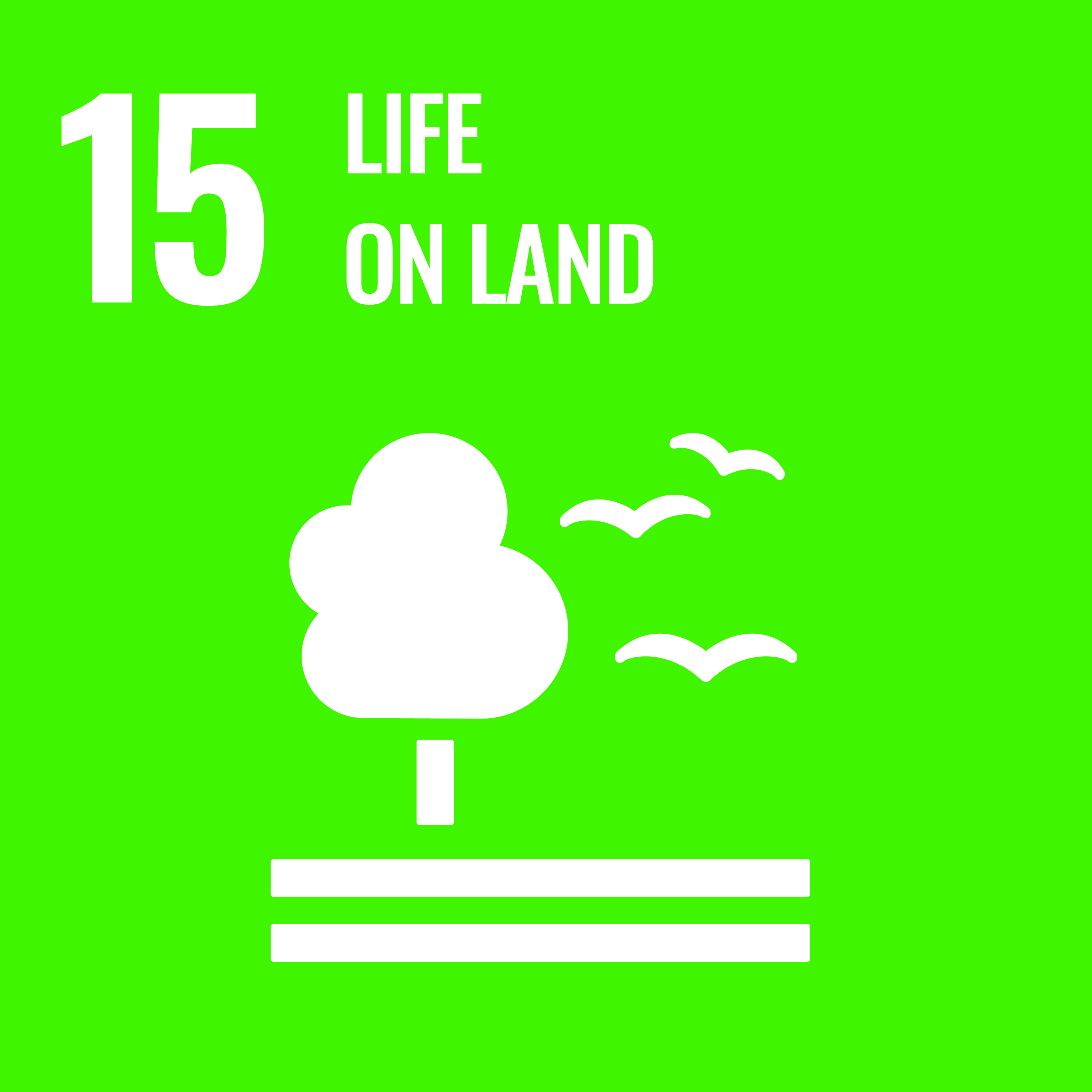

Live Data from Kenya


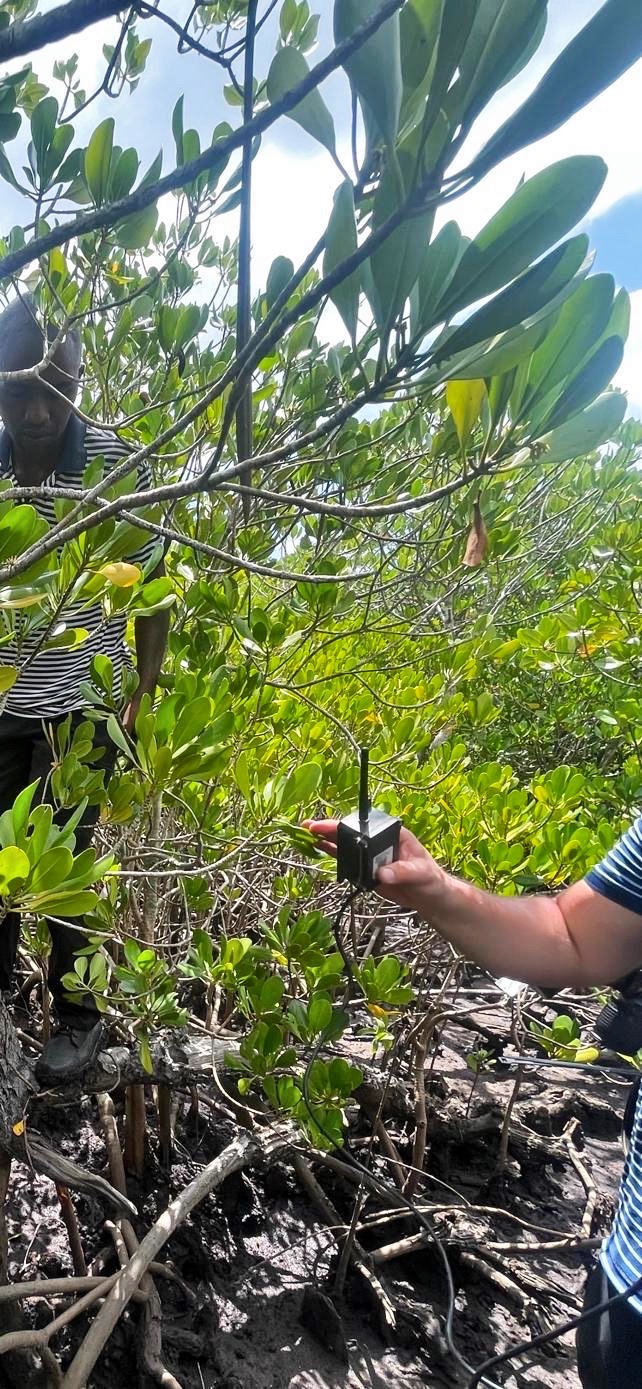






Angola
Green West-African Afforestation Project
Afforestation of mixed forests in Angola for increased biodiversity
This afforestation project will be carried out in Angola, involving the local population and strictly considering their needs.
The areas will be planted as deciduous mixed forests, partially combined with coniferous mixed forests. Special attention is given to the involvement of women in the project activities.
By implementing the project activity, greenhouse gas emissions will be reduced by approximately 6,085,800 tCO2 over 30 years.
202.860
Captured Emissions Tons CO2 EQ/Year
6.085.800
Captured Emissions Tons CO2 EQ/Year
Climate Connect
Digital / Partner
Validator
Verification Standard

This project contributes to the following SDGs:





Democratic republic of congo
Yellow Solar Lanterns and Home Systems Projects
Shifting from fossil fuels to clean energy in the Democratic Republic of Congo
The goal of this project is to reduce greenhouse gas emissions by replacing fossil lighting systems with solar lighting systems (SLS) in low-income households, community organizations, and small/ medium enterprises, particularly in rural areas of the Democratic Republic of Congo (DRC).
These products provide clean, renewable energy for lighting. The project will address significant challenges in public health, social issues, education, and the economy through the benefits of carbon dioxide emission offsetting.
By implementing the project activity, greenhouse gas emissions will be reduced by approximately 2,603,600 tCO2 over 15 years.
185.971
Avoided Emissions Tons CO2 EQ/Year
2.603.600
Avoided Emissions Tons CO2 EQ Total
Climate Connect
Digital / Partner
Validator
Verification Standard
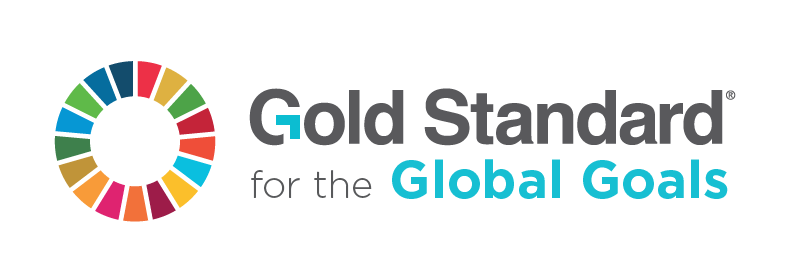
This project contributes to the following SDGs:



